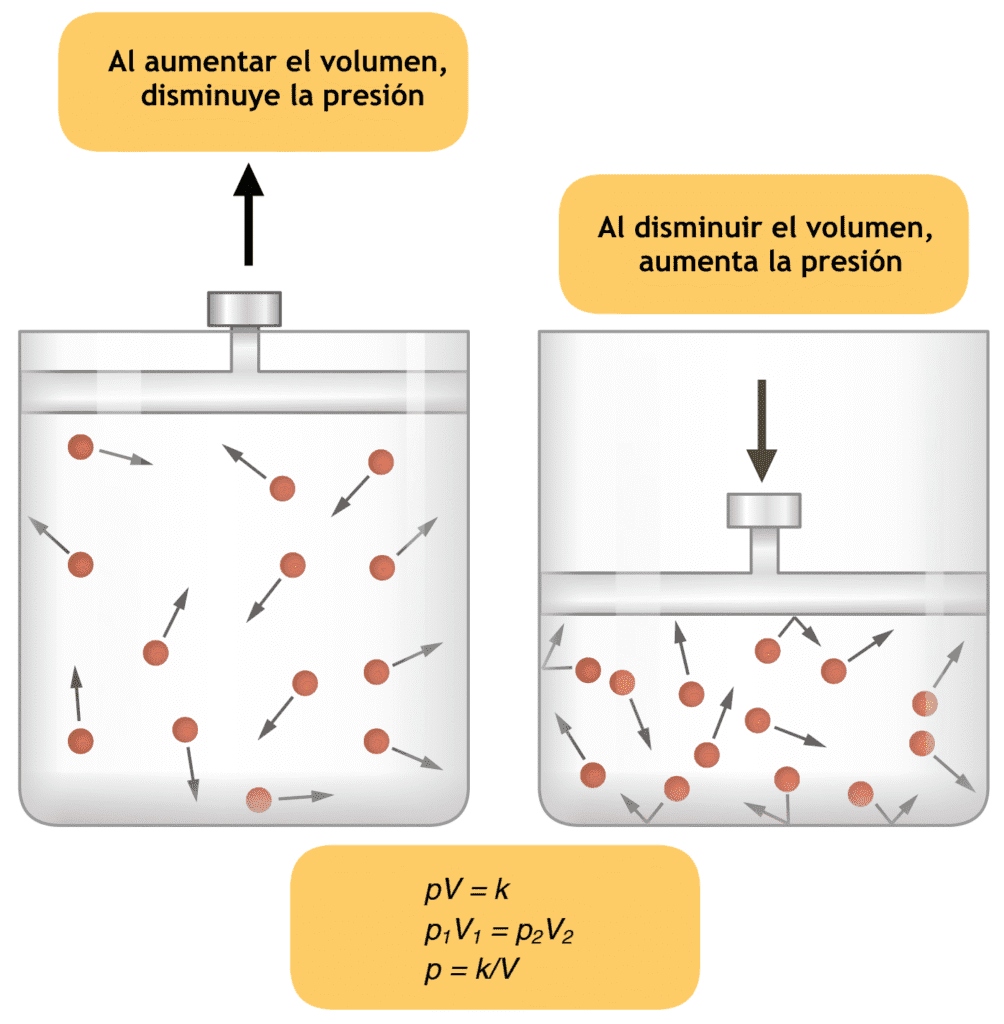When it comes to total knee replacement surgery, managing pain and providing effective analgesia is of utmost importance. The procedure itself can be quite invasive and painful, and it is crucial to ensure that patients are comfortable and experience minimal discomfort throughout their recovery process. In this article, we will explore the various options available for analgesia during total knee replacement surgery.
Understanding Total Knee Replacement Surgery
Total knee replacement surgery, also known as arthroplasty, is a surgical procedure that involves replacing a damaged or diseased knee joint with an artificial joint. This procedure is typically performed to relieve pain and improve mobility in individuals suffering from severe knee arthritis or other knee-related conditions.
The Importance of Effective Analgesia
Pain management plays a crucial role in the overall success of total knee replacement surgery. By effectively managing pain, patients can experience a more comfortable recovery process and better engage in physical therapy, which is essential for restoring knee function and mobility.
Moreover, adequate pain control can help reduce the risk of complications such as blood clots, pneumonia, and other post-operative issues. It also improves patient satisfaction and overall quality of life during the recovery period.
Options for Analgesia
There are several options available for analgesia during total knee replacement surgery. The choice of analgesic technique depends on various factors, including the patient’s medical history, preferences, and the surgeon’s expertise. Here are some common options:
1. Regional Anesthesia
Regional anesthesia involves numbing specific nerves or regions of the body to block pain signals. This technique can be administered through a spinal or epidural block, where medication is injected near the spinal cord, or through a peripheral nerve block, where medication is injected near the nerves supplying the knee joint.
Regional anesthesia provides excellent pain relief during and immediately after surgery, allowing patients to avoid or reduce the need for general anesthesia. It also helps minimize the use of opioids, which can have side effects such as nausea, constipation, and respiratory depression.
2. Patient-Controlled Analgesia (PCA)
Patient-controlled analgesia involves the use of a pump that allows patients to self-administer pain medication within predetermined limits. This method empowers patients to manage their pain effectively by controlling the timing and dosage of medication. PCA is often used in combination with other analgesic techniques to provide optimal pain relief.
3. Non-Opioid Analgesics
Non-opioid analgesics, such as nonsteroidal anti-inflammatory drugs (NSAIDs), acetaminophen, and cyclooxygenase-2 (COX-2) inhibitors, can be used as part of a multimodal analgesic approach. These medications help reduce pain and inflammation without the potential side effects associated with opioids.
4. Opioid Analgesics
Opioid analgesics, such as morphine, oxycodone, and fentanyl, may be used to provide pain relief during and after total knee replacement surgery. However, their use is often limited due to the potential for side effects and the risk of opioid dependence. These medications are typically used in combination with other analgesic techniques to achieve optimal pain control.
Benefits of Multimodal Analgesia
Utilizing a multimodal analgesic approach, which combines different analgesic techniques and medications, can provide superior pain control while minimizing the use of opioids. By targeting pain from multiple angles, patients can experience better pain relief with fewer side effects.
Some benefits of multimodal analgesia include:
- Reduced opioid consumption
- Reduced risk of opioid-related side effects
- Improved pain relief
- Enhanced recovery and rehabilitation
- Improved patient satisfaction
Conclusion
Effective analgesia is crucial for ensuring a comfortable and successful recovery after total knee replacement surgery. By utilizing a combination of regional anesthesia, patient-controlled analgesia, non-opioid analgesics, and opioids when necessary, patients can experience optimal pain relief while minimizing the risk of complications and side effects. It is important for healthcare professionals to work closely with patients to develop an individualized pain management plan that meets their specific needs and preferences.

